Year 4, Lesson 1.3 - Finding Your Focus
Semester Learning Goal
Students will investigate community needs, reflect on personal values, and apply design thinking to develop a values-aligned project idea. Through research, collaboration, and iteration, they will explore what it means to do Good Work as a good person, good worker, and good citizen.
Lesson Goal
Students will identify a personally meaningful or community-relevant issue they care about and begin articulating why it matters to them. This will serve as a foundation for designing their Capstone project idea during Semester 1 and implementing it in Semester 2.
Assessment
Observe student engagement during group brainstorming and Walk and Talk activities.
Review exit tickets for clarity, values alignment, and early indications of a project focus.
Casel Alignment
Self-Management, Responsible Decision-Making, Social-Awareness
Portfolio Documentation
Resources
Sticky notes or index cards
Markers
Chart paper or whiteboard for class-wide idea tracking
Prerequisites
Year 4, Lesson 1.2
Total Time
30 - 40 minutes
Instructions
-
In the previous lesson, we began to think through the process of planning our time to implement a capstone project.
In this lesson, we will begin to hone in on what our capstone projects will attempt to address.
1. Opener: Where Do You See the Need? (5 minutes)
Ask students to reflect silently on the following question:
If you could change one thing in your school, community, or world, what would it be—and why?
Invite 2–3 students to share their ideas aloud.
Explain that today’s goal is to start identifying a project focus that feels meaningful and connected to their values. This issue will become the foundation for a project they’ll design over the next few months—and implement in the second half of the school year.
2. Walk and Talk: Exploring Issues That Matter (10 minutes)
Have students partner up and take a short walk around the classroom or hallway, discussing the following prompts:
What are some issues, challenges, or opportunities you’ve seen at school or in your neighborhood?
What’s a cause or topic you’ve always cared about but never had a chance to explore deeply?
What’s something small you’ve noticed that could make a big difference if someone addressed it?
After 5 minutes, have students switch partners and continue the conversation with someone new.
3. Snowball Brainstorm: Community Mapping (15 minutes)
Distribute the “Community Mapping Brainstorm” handout or a blank sheet of paper with the following prompt:
List as many school, neighborhood, or community issues, opportunities, or passions as you can think of—one idea per sticky note or card.
Once students have written 6–8 ideas individually, have them “snowball” their notes with small groups by:
Sharing and clustering their sticky notes
Identifying common themes
Adding new ideas sparked by group discussion
Ask each group to share their top 3 most compelling or common ideas with the class and record these on a master list.
4. Metacognition Moment: What Draws You In? (10 minutes)
Ask students to select one idea from the brainstorm that they feel most personally connected to.
Have students write or discuss their responses to the following prompts:
Why does this issue or topic matter to you?
How does it connect to your values or your identity?
Do you see a connection to excellence, ethics, or engagement? How might this topic help you grow in one of these areas during the rest of your Capstone journey?
Invite 2–3 students to share with the full group to inspire others.
5. Closing and Exit Ticket (5 minutes)
Ask students to complete the Lesson 1.3 Exit Ticket.
Students will be asked to answer one of the following questions:
What issue or topic are you considering focusing on during the design phase of your Capstone?
Why does it feel personally or locally important to you?
What are you curious to learn more about as you continue designing your project idea?
Collect the Exit Tickets for assessment and portfolio documentation.

